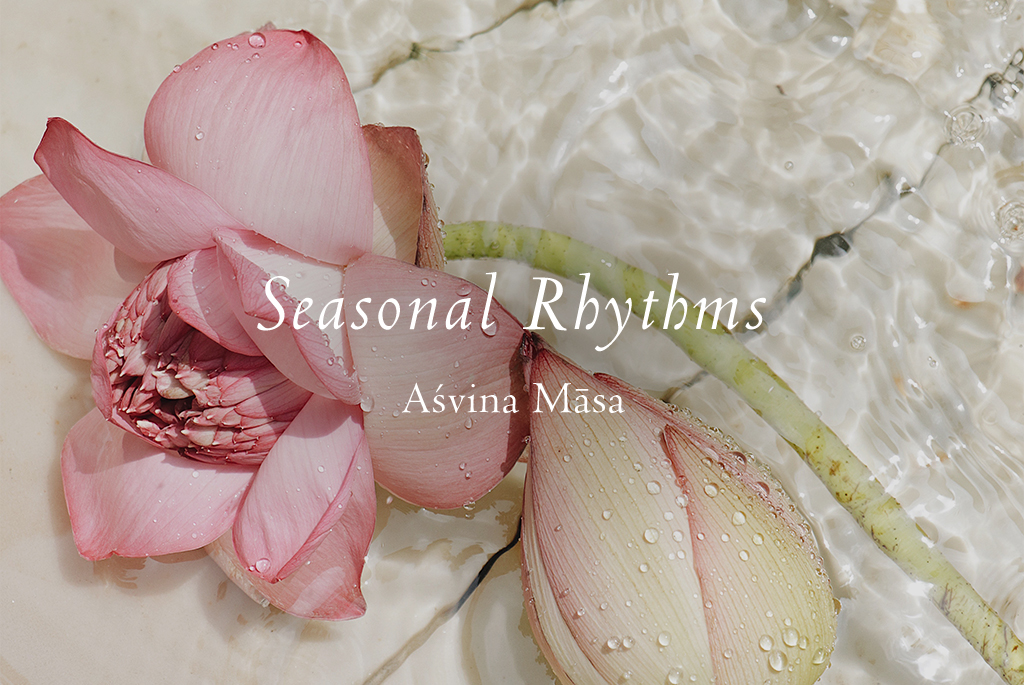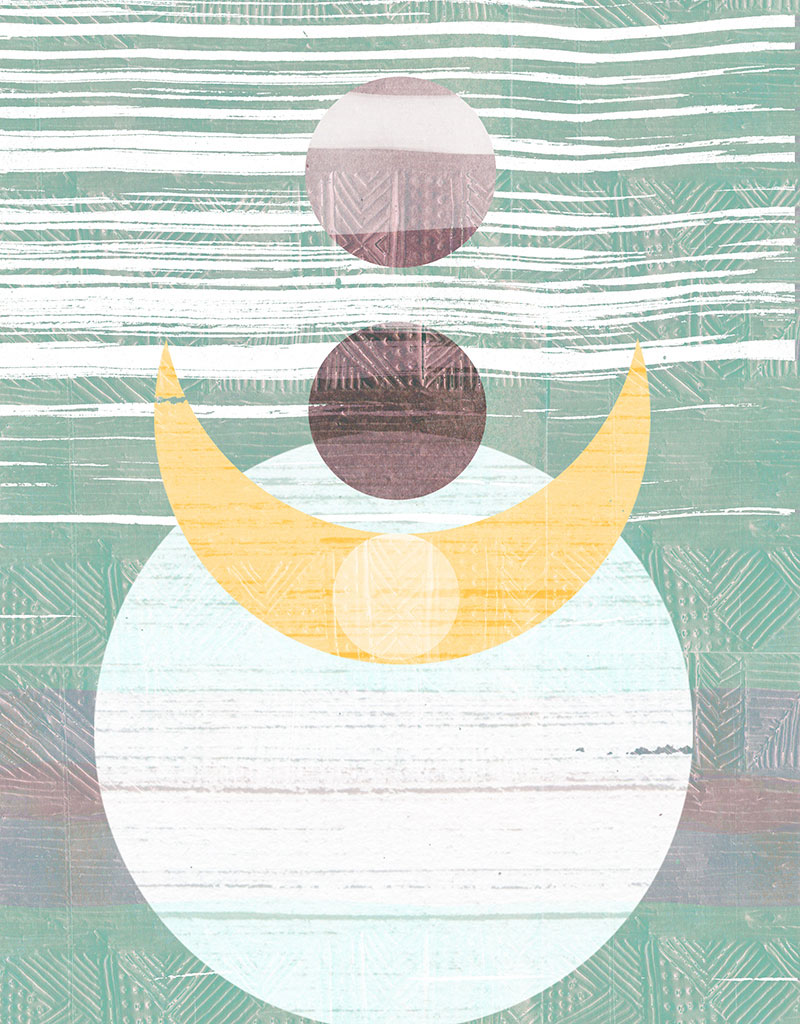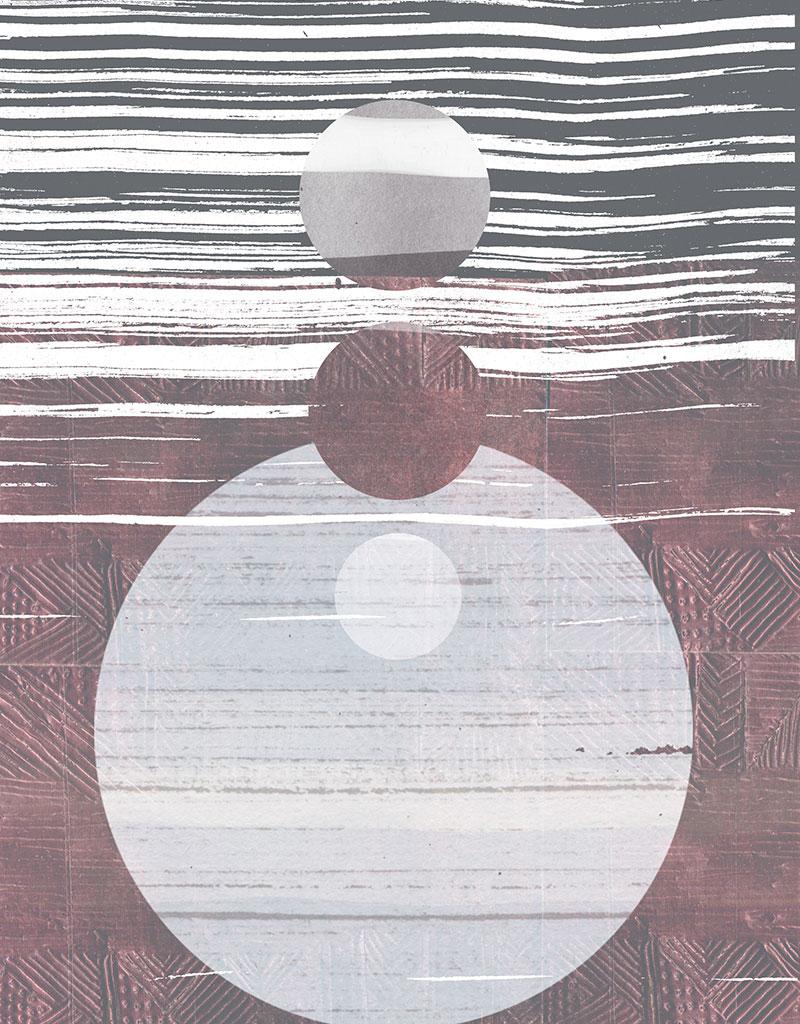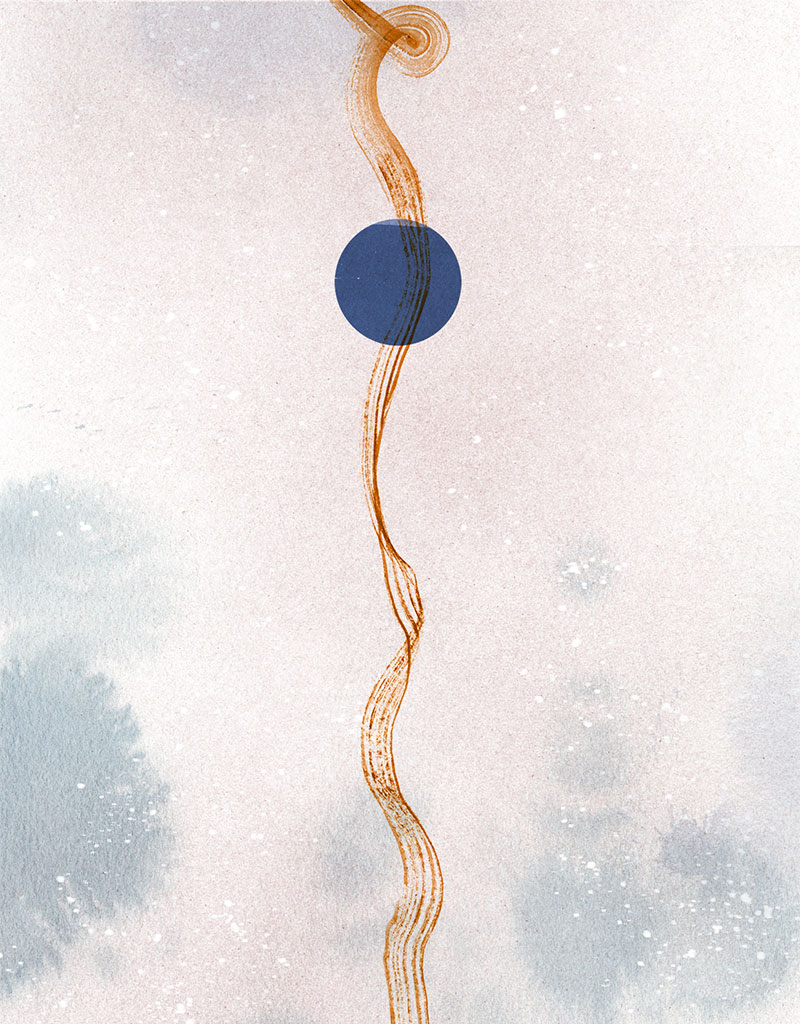Nilakshi Sharma

Now that the clouds are gone, the sky is with the Moon and stars bespattered: it matches the beauty of the lakes, their waters glittering like emeralds, and beautifully embellished with blooming lilies…
Ritusamharam by Kalidasa
Aśvina māsa, the seventh month in the traditional luni-solar calendar of the subcontinent, marks the start of Sharad ṛtu, the season of unparalleled beauty that is hailed as a time of perfect balance between the energies of the Sun and the Moon and beauty and blessings of the Divine Feminine.
Sharad ṛtu is lyrically described as the beauty of a Lotus flower in bloom. In the hymns of the Vedas where Sharad ṛtu has long been extolled as the season of beauty and perfection – a celebration of the harvest bounty of the earth and the beauty of Prakriti (nature), to live through the perfect Sharad ṛtu was the blessing that is sought.
“Let me live a hundred Sharad rtus II
Let me see a hundred Sharad rtus II
Let me enjoy a hundred Sharad rtus II
Let me hear a hundred Sharad rtus II
Let me live invincible a hundred Sharad rtus II”
Yajur Veda
Meteorologically September 1 marks the beginning of autumn in the northern hemisphere. And the month was and continues to be known as the harvest month in many parts of the world.
In the subcontinent autumn is also celebrated as the season of harvest. It is often represented in iconography through the depiction of Sarus cranes, always as a pair. Their name comes from the Sanskrit term ‘Sarasa’, meaning ‘bird of the lake’. Seen as an eternal symbol of love and fidelity, Sarus cranes mate and give birth to their young around this time. With their distinctive red and grey colour, these birds signify the fecundity and abundance of Sharad ṛtu.
In the mythology and rituals of the subcontinent, the celebration of harvest is the celebration of the fecundity of the earth and this is Prakriti, at once nature but also the Divine Feminine principle, the manifestation of Shakti, she who is the womb of the world.
Thus, Sharad ṛtu is the season of the Goddess, dominated by and dedicated to her energy.
Aśvina māsa, begins with a ritual of remembrance and gratitude – Pitru Paksha – the fortnight of the ancestors. Typically, this is a time of prayers and simplicity, when we honour our ancestors with rituals of prayer and invoke their blessing. Traditionally no new ventures are started during this time and major purchases are on hold. This is a time for going inwards, for reflection and for acknowledging the past. In this practice there is a very beautiful, philosophical principle – we are but a continuation of our past and the efforts of our ancestors. Acknowledging and honouring them is a moment of pause that also allows us to look towards the future with greater nuance and understanding. It allows us to examine the legacy that we inherit and the legacy that we in turn will leave behind us. For many of us this fortnight is also a ritual time to grieve, for those we have lost but whose memories we will forever carry within us.
Pitru Paksha gives way to a potent period – the nine nights of the goddess, the Navratri. These nine days and especially nights are imbued with the mystery and power of the Goddess, of the Divine Feminine. Each day and night is dedicated to a different facet of Shakti; from a warrior that protects us to the mother that nurtures us; from the frightful, fierce goddess who is merciless to the beauty of goddess who is as beauteous as the Moon. Each goddess is a singularly focused energy and yet they are all one – nine aspects of Shakti.
This is a month that embraces the potent power and beauty of the feminine principle. The fecundity and fertility of the earth graces our hearth with a bountiful harvest; the nine nights of the Goddess are scented with fragrance and adorned with the beauty and delight of Shringar.
The start of Sharad ṛtu usually coincides with September in the Gregorian calendar. And it is typically a time when the stormy tumult of monsoon gives way to clear blue skies and gentle, almost balmy breezes that slowly begin to carry on them the fragrance of the flowers that begin to bloom at this time. The sharp sweetness of Parijat at dawn, the delicate whiff of Saptparni, the sweet delight of Madhumalati, the sensuality of Champaka, the heady beauty of desi Gulab and of course the beguiling delight of Jasmine… Aśvina is a month that celebrates beauty and fragrance in all that it offers.
The Fragrant Rituals of Aśvina include the wearing of garlands of fragrant flowers of the season like Champaka, Jasmine and desi Gulab. These garlands delight the senses with their fragrance, which calms the mind and subtly grounds us in our bodies. This Shringar (the art of delighting the senses and adornment) is also a fragrant celebration of the dominant feminine energy of both the lunar month (Aśvina) and the solar year, where the second half of the year or the time known as Dakṣiṇāyana is characterised as feminine. While the fragrant rituals of the self are the wearing of garlands, the favoured ritual for pleasing the goddess is the offering of Lotus flowers. Because Sharad ṛtu is also the time of the Lotus, the flower so favoured of the goddesses that most of them carry one in their hands and are often depicted seated upon them.
Sharad ṛtu and its first month are venerated as a time of balance – in this season nature comes into perfect balance and the energies of the Sun and the Moon are thought to be coequal. And as nature comes into balance, so do our bodies. In Ayurveda this is the time when the body finds it easiest to be in balance in terms of the three doshas – Pitta, Vata and Kapha. Just as the wearing of fragrant garlands calms and grounds our energy, the ritual practice of Hamsodaka helps the body find its physical balance. This is the season when the energies of the Sun and the Moon are considered equal. The warmth of the Sun in this season is gently warming and the Moon offers its cooling equally gently. In the Charaka Samhita it is recommended that in this season we consume water which has been first heated by the rays of the Sun and then cooled overnight under the moonlight. This water, called Hamsodaka, is considered nectar for the body and the senses. For best results use vessels made of glass, terracotta or silver for the water.
Aśvina māsa comes to a close on a radiant night – Sharad Pūrṇimā. This Full Moon has long been celebrated in our mythology, art, songs and stories as the most perfect and potent of all the Full Moons. Radha and Krishna are said to indulge in Ras Leela, the divine dance of love, on the verdant banks of the Yamuna River on this night, inviting all of us to come out into the moonlight, which on this night is said to be imbued with a healing grace. While the lovers dance with each other, Goddess Lakshmi is said to venture forth on this moonlit night too; searching for those who seek the gift of deeper knowledge. Thus, this radiant Sharad Pūrṇimā is also Kojagri Pūrṇimā, when the goddess asks – who is awake? (kojagri?). And then bestows upon them the gift of knowledge. Because that too is one of the gifts of Lakshmi, she who rides an Owl, who is the symbol of wisdom in our culture.
May this Aśvina māsa delight you with its beauty and bless you with its abundance.





